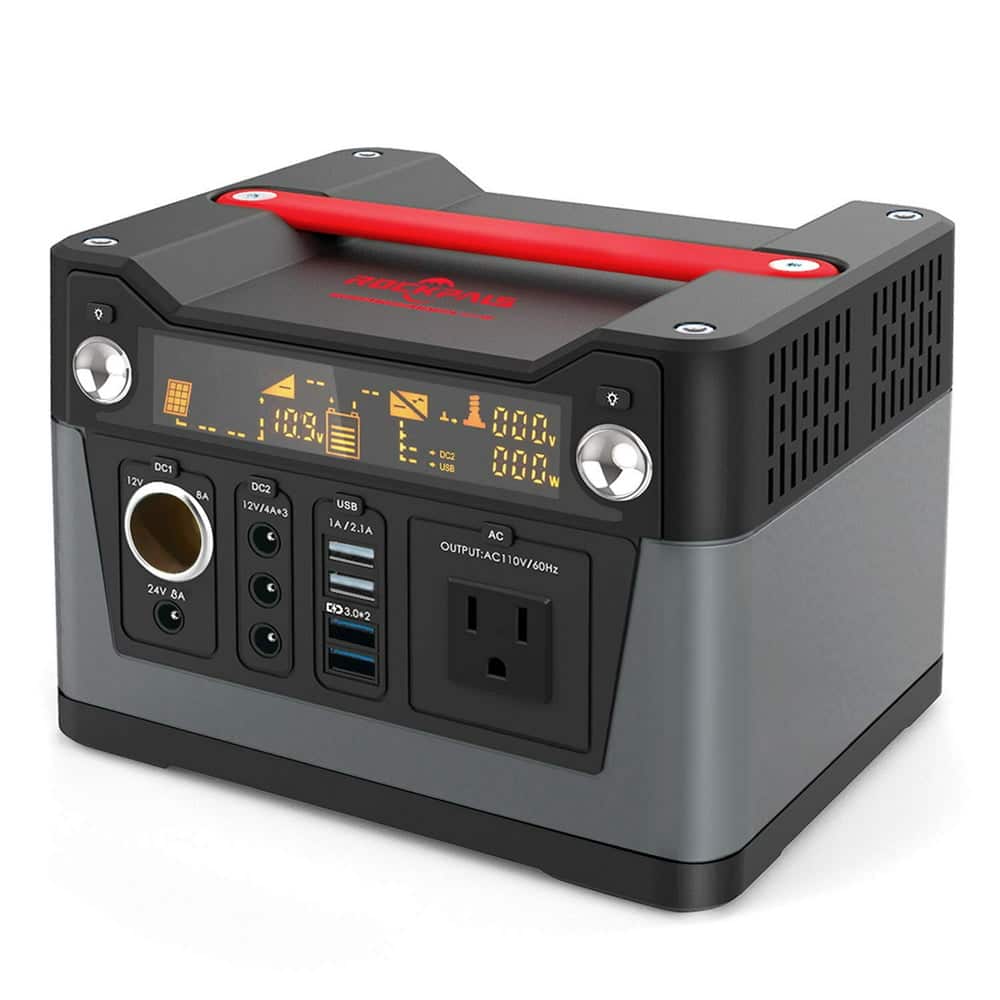
Rockpals is a trusted brand that offers a wide range of portable power stations, solar panels, and other outdoor equipment. While their products are known for their reliability, occasional issues may arise. In this guide, we will explore common problems that Rockpals users may encounter and provide troubleshooting steps to resolve them.
If your Rockpals power station is not charging properly, there are a few potential causes and solutions to consider:
Ensure that the power source you are using to charge the power station is functioning correctly. Try plugging it into a different outlet or using a different power cable to rule out any issues with the power source.
Examine the charging cable and connectors for any signs of damage or wear. A frayed or damaged cable may prevent proper charging. If necessary, replace the cable with a new one from Rockpals or a compatible third-party option.
Some Rockpals power stations have a reset button or switch. Locate the reset button, usually found on the back or bottom of the unit, and press or toggle it to reset the power station. This can help resolve charging issues caused by minor glitches.
If none of the above steps resolve the charging problem, it is recommended to reach out to Rockpals customer support. They can provide further assistance and guide you through additional troubleshooting steps or initiate a warranty claim if necessary.
If your Rockpals power station is not providing the expected power output, follow these troubleshooting steps:
Ensure that the devices you are connecting to the power station are within its power output capabilities. Refer to the power station’s user manual or specifications to determine the maximum power output for different devices. Overloading the power station can lead to reduced power output or shutdowns.
Confirm that the power station’s battery is sufficiently charged. If the battery is low, the power station may not be able to deliver the expected power output. Connect the power station to a power source and allow it to charge fully before testing the power output again.
Occasionally, Rockpals releases firmware updates to improve the performance and functionality of their power stations. Visit the Rockpals website or contact their customer support to check if there are any available firmware updates for your specific model. Updating the firmware may resolve power output issues.
If the power output problem persists after trying the above steps, it is advisable to contact Rockpals customer support. They can provide further guidance, troubleshoot the issue remotely, or arrange for a repair or replacement if required.
If you are experiencing difficulties with your Rockpals solar panel charging your power station, consider the following troubleshooting steps:
Ensure that the solar panel is properly connected to the power station. Verify that the connectors are securely plugged in and that there are no obstructions or damage to the connectors or cables.
Place the solar panel in direct sunlight, ensuring that it is facing the sun at the optimal angle. Obstructions such as shade or debris can affect the charging efficiency. Adjust the position of the solar panel as needed to maximize sunlight exposure.
Ensure that the solar panel you are using is compatible with your Rockpals power station. Check the specifications of both the solar panel and the power station to confirm compatibility. Using an incompatible solar panel may result in charging issues.
If the solar panel charging problem persists, it is advisable to contact Rockpals customer support for further assistance. They can provide specific troubleshooting steps for your setup or advise on potential solutions.
While Rockpals products are generally reliable, occasional troubleshooting may be necessary to resolve common issues. By following the troubleshooting steps outlined in this guide, users can address power station charging problems, insufficient power output, and solar panel charging issues. If the problems persist, contacting Rockpals customer support is recommended for further assistance. Remember to always refer to the product’s user manual and warranty information for specific instructions and limitations.
